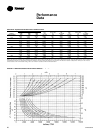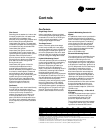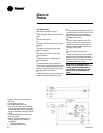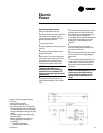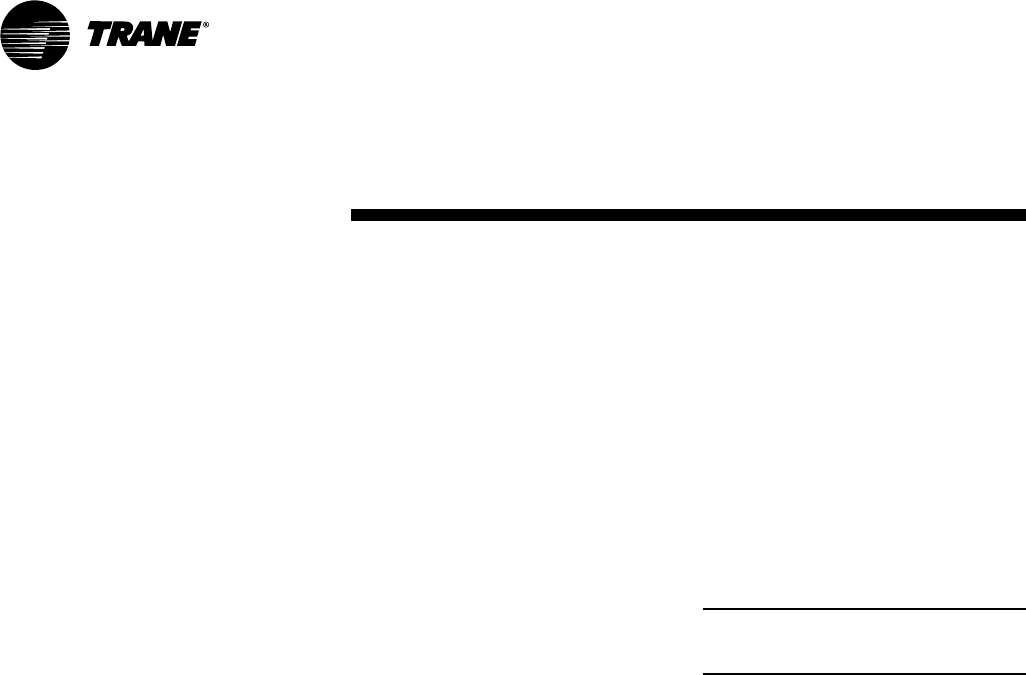
UH-PRC002-EN34
Electric
Power
Sequence of Operation
Electronic Modulating Control
(with duct thermostat)
With power applied to the unit:
1
The thermostat calls for heat.
2
The pilot valve opens.
3
The ignitor sparks continuously to ignite
the pilot.
4
The sensor proves pilot ignition and
shuts off the ignitor.
5
With the pilot lit, the gas valve opens.
6
Main burners are lit at 100 percent of
unit’s rated input.
7
The fan time delay relay (optional on
duct furnaces) allows the heat exchanger
to come up to operating temperature. At
this time, the fan time delay relay closes
and activates the fan motor.
8
The unit is controlled by the duct
thermostat which modulates the unit
from 100 to 50 percent of unit’s rated
input. An amplifier receives a small
electrical signal from the thermostat and
converts this into a working voltage. This
working voltage determines the position
of the modulating valve. With no voltage
applied to the valve, the valve will be full
open and full fire will occur. As
increasing voltage is applied to the valve,
the valve will modulate closed. At
approximately 12V dc, the valve will
be at its minimum low fire position. If the
voltage continues to increase, indicating
a further reduction in the unit’s firing is
required, the increased voltage closes a
relay which closes the automatic gas
valve. As temperature drops, the voltage
also drops causing the relay to re-open
the valve. The unit will continue to cycle
in this manner until either an increase in
the unit’s firing rate is required or the
thermostat is satisfied and no longer
calls for heat.
9
When the thermostat is satisfied, the
main and pilot valves close.
10
The fan time delay relay (optional on
duct furnaces) remains closed keeping
the fan motor operating to dissipate
residual heat from the heat exchanger. At
this time, the fan time delay relay opens
and deactivates the fan motor.
11
If optional room override thermostat is
ordered…when setpoint is reached, it
will cause the unit to go to full-fire,
overriding both the duct sensor and the
remote setpoint adjustment.
**NOTE: Sensor and selector wires to
amplifier must not be run close to, or in
conduit with, power or ignition wires.



